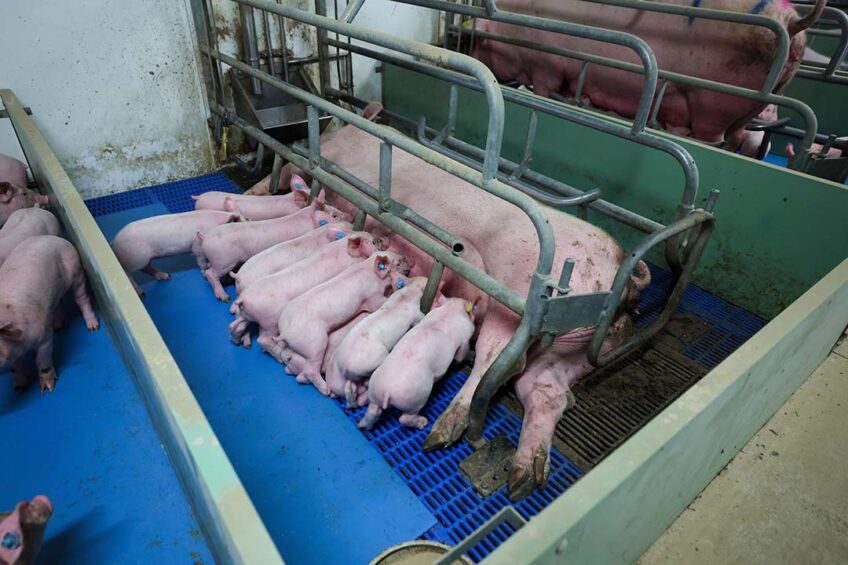Split weaning improves embryo quality and development in multiparous sows

Increasing the weaning age of piglets while maintaining the reproductive efficiency of sows is of great interest to the swine industry. Stimulating a fertile sow in oestrus during lactation increases the piglet weaning age without reducing pregnancy rates and litter sizes.
A team of Australian researchers hypothesised that reducing the suckled litter to 7 piglets would improve follicle development and oocyte quality. They published about their findings in the Journal of Animal Reproduction Science. They evaluated the impact of split weaning on day 18 of lactation on ovarian follicular development, the intra-follicular environment and blastocyst development rates.
Data collection
The team selected 39 (Large White x Landrace) multiparous sows for this trial. They allocated sows to the control, and the split wean groups. In the control group, they maintained litter size at 11 piglets for the duration of lactation and slaughtered sows 21 days post-partum, and in the split wean group, they maintained litter size at 11 piglets until day 18, then reduced the litter size to 7 piglets, and slaughtered sows 21 days post-partum. The researchers recorded piglets’ weight and litter weight, and then assessed ovarian follicular growth on days 14, 18 and 20 post-partum using transrectal ultrasound. After slaughter, they collected ovaries and reproductive tracts, recovered oocytes, and assessed follicular fluid composition and in vitro blastocyst development rates. In addition, they collected blood samples to analyse plasma hormone concentrations.
Impact of split weaning on ovarian follicle growth and embryo quality
Split weaning decreased the average diameter of follicles on day 14 and day 20 post-partum and improved the quality and development of embryos.
Impact on reproductive parameters
Split weaning increased uterine weight in sows but did not affect ovarian weight. In addition, split weaning did not affect oocyte quality, embryo cleavage or blastocyst development rates following in vitro oocyte maturation and fertilisation. However, split weaning increased the percentage of expanded blastocysts in sows that were classified as early blastocyst stage.
Impact on plasma hormone concentrations
Split weaning increased plasma progesterone concentration on day 18 post-partum but had no effect on plasma luteinising hormone.
Impact on follicular fluid hormone concentrations
Split weaning increased the concentration of oestradiol in follicular fluid in sows.
Conclusion
The authors concluded that split weaning prior to mating improved the subsequent litter sizes due to changes to the follicular environment that affect oocyte quality and improvements in the maternal environment post-mating.







